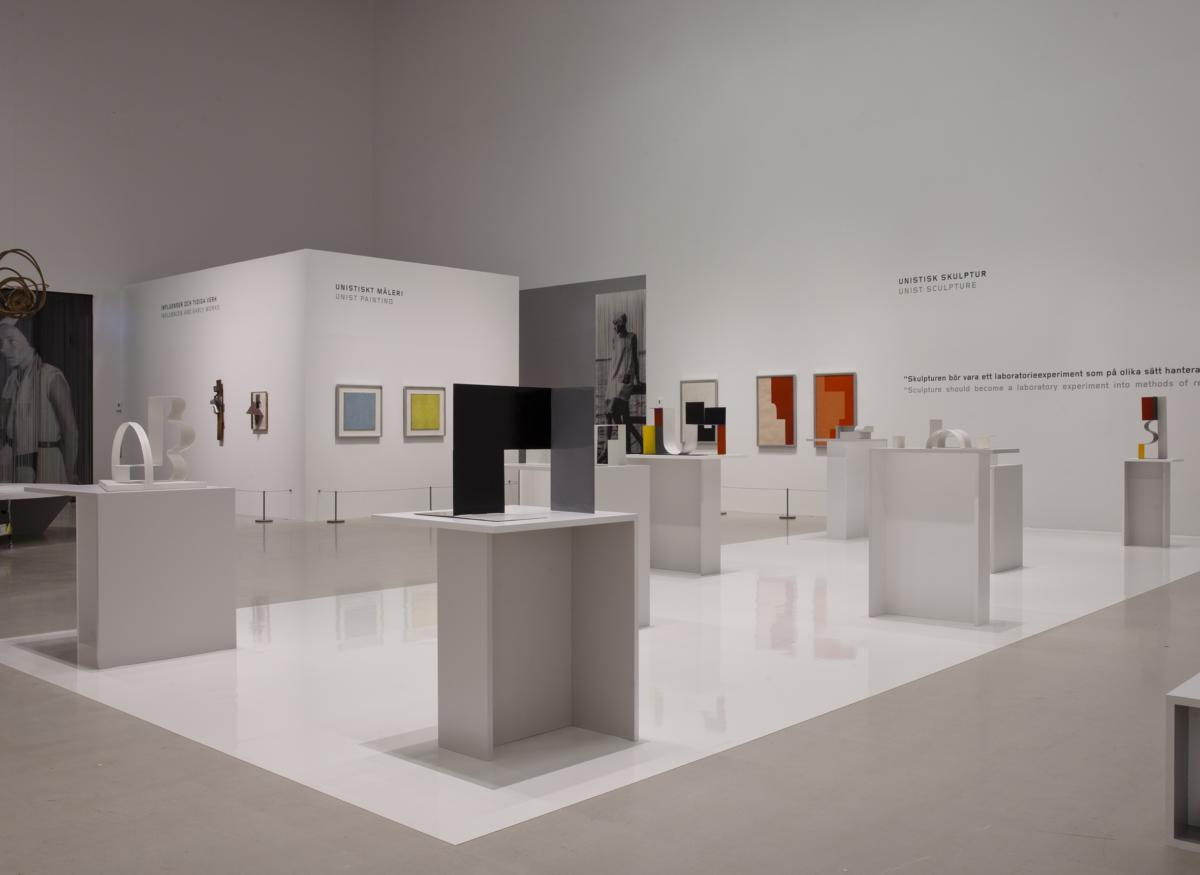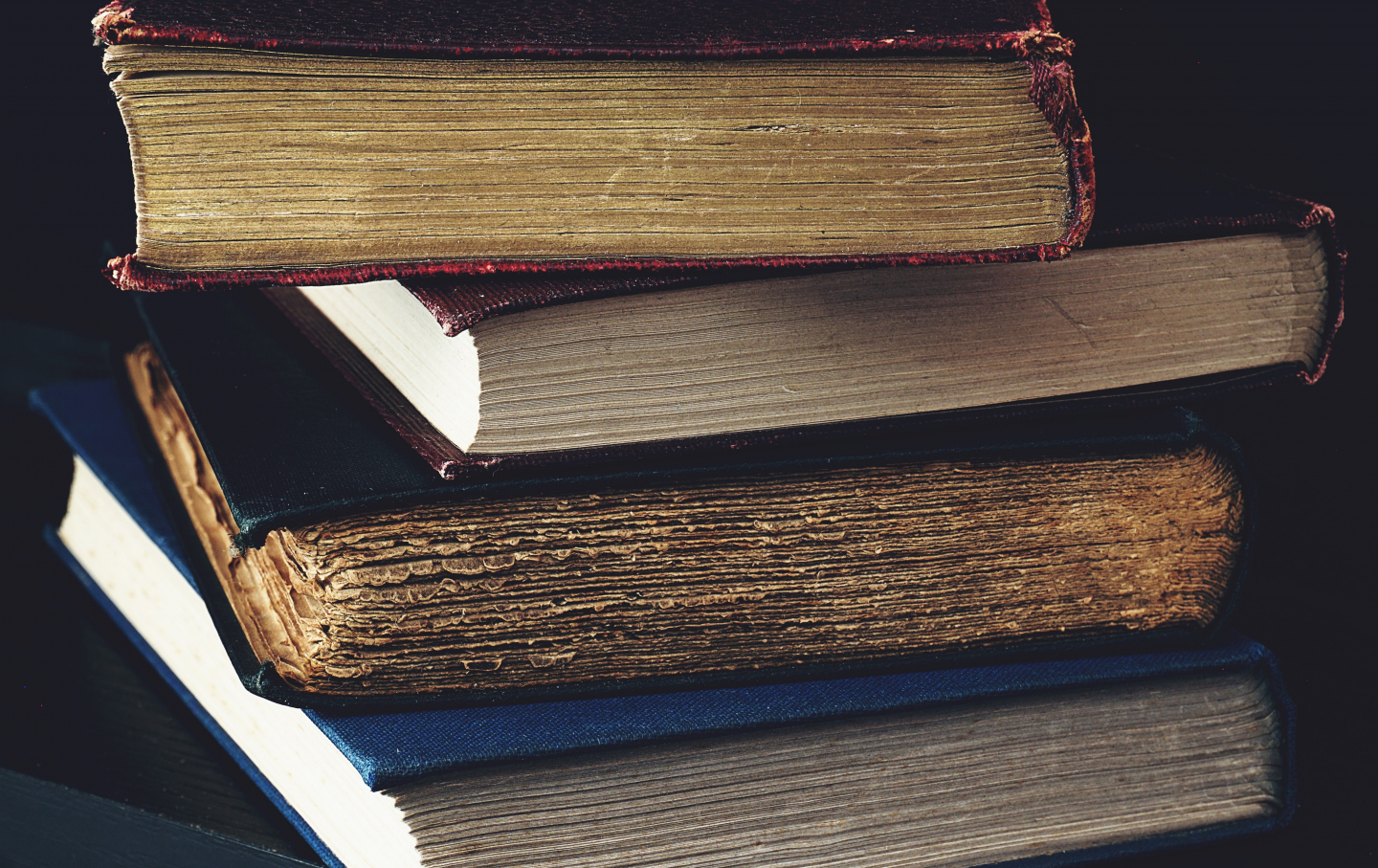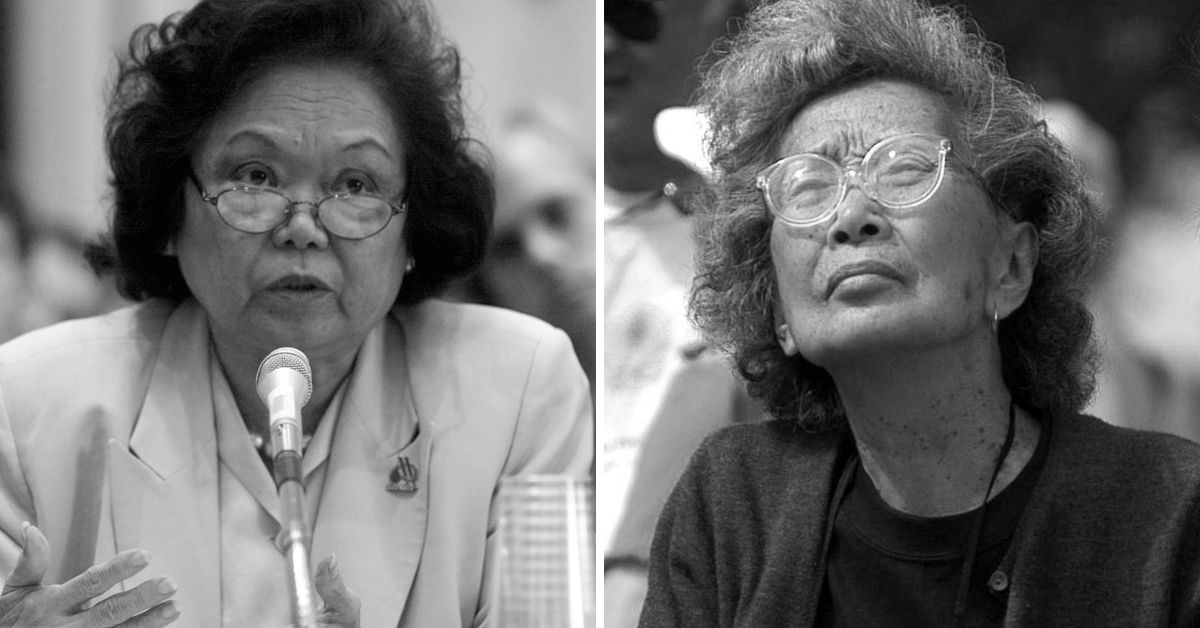Art in Turbulent Times serves as a powerful reminder of how creativity can respond to societal chaos and political strife. Throughout history, artists have used their work to comment on unrest, challenge views, and inspire hope amidst despair, often creating what we recognize today as political art. Figures like Hieronymus Bosch and Max Beckmann vividly illustrate this relationship between art and societal turmoil, where their masterpieces serve as reflections of their respective eras’ anxieties. Bosch’s intricate depictions of sin and chaos evoke questions about our own societal struggles, while Beckmann’s bold self-portraits capture the spirit of a fractured post-war Germany. By immersing ourselves in these works, we not only gain insights into art history but also explore the enduring power of art to articulate the complexities of human experience in times of crisis.
The concept of creativity during challenging periods, often termed as artistic responses to conflict or unrest, highlights the profound ways in which art can shape our understanding of turbulent times. Artists throughout the ages have interpreted their environments, producing work that resonates with the struggles of their audiences and reflects the spirit of their era. In examining pieces by renowned masters such as Bosch and Beckmann, we uncover narratives that speak to universal themes of suffering, resilience, and human morality. This exploration connects us to both the past and the present, revealing how art can serve as a mirror to society’s most pressing issues and a potent vehicle for change.
The Importance of Political Art in Times of Crisis
Political art serves as a crucial mirror reflecting the socio-political landscapes during tumultuous periods. Artists engage with their surroundings, creating works that resonate with the collective consciousness and often serve as a form of resistance or commentary. In works by artists like Max Beckmann and Hieronymus Bosch, the turbulent realities of their times manifest visually—transforming canvases into platforms for societal critique and reflection. For instance, Beckmann’s bold self-portrait conveys the chaotic aftermath of World War I in Germany, symbolizing the struggle between conflicting ideologies.
Likewise, Hieronymus Bosch’s intricate and enigmatic paintings, such as “The Garden of Earthly Delights,” encapsulate the anxieties and moral dilemmas of his era, inviting viewers to confront the nature of sin and redemption. This exploration of shared human experience underlines the significance of political art as not merely aesthetic, but as a form of cultural commentary that challenges complacency and provokes thought, especially when civil liberties are threatened.
Art in Turbulent Times: A Reflection of Societal Struggles
The phrase “Art in a State of Siege” captures an essential function of art during periods of societal upheaval. Joseph Koerner’s exploration emphasizes how art acts as both an indicator and a response to the crises that societies face. Through the lens of historical context, artworks produced in times of oppression or conflict reveal the complexities of human emotion and societal dynamics. By examining fundamental questions of morality, identity, and existence that arise from trauma, art becomes an essential guide for navigating chaos.
Koerner’s examination of significant works like Beckmann’s self-portrait underscores the artists’ attempts to articulate their contemporary realities while grappling with the weight of history. This relationship between the artwork and its context invites the audience to partake in a dialogue about not only the past but also the present moment, as parallels can often be drawn across different eras of disquiet. In this sense, art serves as a crucial platform for collective reflection, fostering understanding and empathy in times of distress.
Exploring Bosch’s Interpretations of Sin and Society
Hieronymus Bosch’s works, particularly “The Garden of Earthly Delights,” present a striking examination of sin and its repercussions within society. His triptych, rich with allegorical meaning, encourages viewers to contemplate the moral dilemmas of their time while simultaneously presenting a timeless commentary on human folly. The ambiguity embedded in Bosch’s imagery opens discussions regarding our understanding of self and the nature of evil, thereby inviting contemporary viewers to ponder what constitutes their own ‘enemies’ in modern contexts.
In drawing parallels between historical figures like King Philip II, who used Bosch’s art as a lens to process the political anxieties of his reign, one can see how interpretations of Bosch’s work transition through time. Each generation reshapes its understanding of these complex themes based on current societal tensions, making Bosch a relevant figure in the discourse of political art today. By examining these nuances, we unlock layers of meaning that resonate with ongoing debates about morality and human behavior in a divided world.
Max Beckmann: Artist as Political Commentator
Max Beckmann’s artistic journey exemplifies the role of the artist as a political commentator navigating a landscape rife with conflict and chaos. His self-portrait, a powerful embodiment of his defiance against the political turmoil that enveloped post-World War I Germany, represents a pivotal moment in art history. By presenting himself astutely in a frontal pose, Beckmann asserted the role of the artist as a decisive figure amidst societal discord, echoing sentiments of responsibility and agency during periods of struggle.
Beckmann’s ability to merge personal narrative with broad societal themes positions his work as a significant dialogue about the role of art in resistance against oppression. As a response to the fascist regimes that would come to power, his paintings carry an undercurrent of advocacy for freedom and expression. Thus, the study of Beckmann’s oeuvre fosters a deeper understanding of how art persists as a form of socio-political commentary and resistance, influencing the viewer’s perspective on contemporary issues inherent in the art of turbulent times.
Art and Unrest: The Cultural Significance
The intersection of art and social unrest underlines the adaptability of artistic expression in addressing the challenges posed by political upheaval. Artistic movements often emerge in response to such crises, reflecting the tensions and aspirations of their era. Political art allows for the amplification of marginalized voices and the expression of dissent, making it a powerful tool for fostering awareness and stimulating public discourse. This examination of art’s place within periods of civil unrest reveals not only historical patterns but also its capacity to inspire change.
Through the lens of figures like Bosch and Beckmann, we can observe how cultural production actively participates in the dialogues surrounding freedom, identity, and human rights. These artists’ legacies challenge us to confront our reality and engage with the pressing matters of our time through a critical and empathetic lens. Their works compel us to recognize the potency of art as a response to oppression, thus affirming its invaluable role in shaping societal narratives amidst upheaval.
The Role of Artists as Agents of Change
Artists have historically played an instrumental role as catalysts for social change, using their mediums to comment on and critique the status quo. Their unique vantage points enable them to reflect societal disturbances in ways that can challenge conventional narratives and evoke profound emotional responses. By embedding political themes within their works, artists like Bosch and Beckmann encourage an active engagement with the societal issues of their time, illuminating the struggles faced by the oppressed and marginalized.
The broader implications of this phenomenon illustrate how art serves not just as a reflection of societal problems, but also as a means of envisioning potential solutions. Artists can ignite movements, rally communities, and inspire action through their creativity. In examining the themes of political discord and social commentary, we recognize the importance of art in shaping collective consciousness and fostering a culture of resilience during times of crisis.
Resilience in Artistic Expression During Crises
Art often emerges as a beacon of hope and resilience in the bleakest of times. During political unrest or societal upheaval, artists channel their experiences and observations into their creations, fostering a sense of shared understanding and collective healing. The ability of art to resonate deeply with human emotions allows it to transcend the chaos, offering both a means of escape and confrontation with the realities of the world. This duality can empower audiences to reflect on their circumstances and aspire toward change.
Through art, individuals find solace and connection in their shared struggles. The narratives depicted in works by artists who grappled with the turbulence of their times—such as Beckmann’s intimate portrayals of societal strife or Bosch’s unsettling visions of human fallibility—foment discussions about resilience and hope. This connection underscores the unyielding power of art to inspire solidarity in the face of adversity, reminding us that creativity can persist and thrive even amid turmoil.
Historical Perspectives: Art Throughout Political Upheaval
Art history serves as a rich context within which the interplay between artistic expression and political upheaval can be explored. Numerous movements have emerged from or responded to periods of unrest, such as the Dadaists during World War I or the Mexican muralists during the revolution. Each of these movements embodies a reaction to the socio-political environment of its time, and by studying them, we can garner insights into the broader implications of art as a form of societal critique. The works of Bosch and Beckmann stand testament to this enduring relationship between art and its historical milieu.
As we analyze the transformative nature of art history, we can discern patterns that illuminate how artists utilize their platforms to advocate for change and assert their roles as both commentators and visionaries. By contextualizing artists within their respective historical narratives, we can appreciate the myriad ways in which their experiences and societal conditions shape their creative output. This exploration fosters a more nuanced understanding of how art evolves alongside historical forces, working not only as a retrospective reflection but also as a prelude to future movements.
Imagery of Conflict: Art That Speaks to the Soul
Art has an innate ability to encapsulate the essence of conflict, serving as a testimony to human experiences that transcend time and geography. The vivid and often disturbing imagery found in the works of artists like Bosch evokes visceral responses, urging viewers to confront discomforting truths within their societies. These artistic expressions, laden with symbolism and moral questioning, challenge audiences to grapple with their own understanding of conflict, morality, and human nature.
Additionally, the continued relevance of such imagery in contemporary society underscores the ongoing struggles we face. By reflecting on the works of artists like Beckmann, who vividly captured the chaos surrounding him, we see not just historical accounts but poignant reminders of our collective human experience. As viewers engage with these artworks, they are encouraged to question prevailing narratives, fostering critical dialogue about the nature of conflict and the transformative power of art in addressing it.
Frequently Asked Questions
What is the significance of ‘Art in Turbulent Times’ in relation to political art?
‘Art in Turbulent Times’ highlights how artists respond to political unrest through their work. Political art often serves as a commentary on societal issues, using visual narratives to reflect turmoil and provoke thought. This genre not only documents historical moments but also inspires action by resonating with audiences during crises.
How does Max Beckmann’s work relate to the themes of ‘Art in Turbulent Times’?
Max Beckmann, through works like his ‘Self-Portrait in Tuxedo’, captures the essence of perseverance against political chaos in post-WWI Germany. His art embodies the concept of ‘Art in Turbulent Times’ by depicting the struggle of the artist as a stabilizing force amid disorder, showcasing the artist’s role as a commentator on political strife.
In what ways do Hieronymus Bosch’s paintings reflect the ideas explored in ‘Art in Turbulent Times’?
Hieronymus Bosch’s art, particularly pieces like ‘The Garden of Earthly Delights’, poignantly exemplifies ‘Art in Turbulent Times’ by portraying the complexities of human nature and societal fears during periods of crisis. Bosch’s work reveals how art can mirror the anxieties of its era, making viewers question their values and the nature of their ‘enemies’.
What can we learn from ‘Art in Turbulent Times’ about the role of artists during political unrest?
‘Art in Turbulent Times’ illustrates that artists play a crucial role in shaping societal narratives during political unrest. Their works can evoke emotional responses, challenge prevailing ideologies, and provide a sense of hope or reflection for society as they navigate through chaos and uncertainty.
Why is studying ‘Art in Turbulent Times’ important for understanding art history?
Studying ‘Art in Turbulent Times’ enriches our understanding of art history by highlighting how artworks emerge from contexts of conflict and unrest. This perspective shifts the focus from aesthetic success to the socio-political implications of art, revealing how creative expressions reflect and influence public sentiment during pivotal moments in history.
How does Joseph Koerner’s work contribute to the discussion of ‘Art in Turbulent Times’?
Joseph Koerner’s analyses in ‘Art in a State of Siege’ provide a contemporary framework for understanding art’s evolution in response to political unrest. By exploring historical figures’ interpretations of artists like Bosch and Beckmann, Koerner emphasizes the continuing relevance of ‘Art in Turbulent Times’ as a lens through which to view current global issues.
What role does viewer interpretation play in the context of ‘Art in Turbulent Times’?
Viewer interpretation is vital in ‘Art in Turbulent Times’ as individual experiences shape how artworks are perceived and understood. As seen with Bosch’s ‘The Garden of Earthly Delights’, each viewer may project their own fears, anxieties, or hopes onto the piece, thus creating a dynamic dialogue between art and audience in turbulent contexts.
| Key Points |
|---|
| Joseph Koerner’s new book explores how art reflects responses to political unrest, focusing on works that serve as omens in turbulent times. |
| The book includes analysis of three artworks: Bosch’s “The Garden of Earthly Delights,” Beckmann’s “Self-Portrait in Tuxedo,” and Kentridge’s animated drawing. |
| Koerner identifies a shift in perception of artists like Bosch, suggesting their work resonates with contemporary viewers facing political crises. |
| The term “art in a state of siege” was inspired by Kentridge’s reflection on the South African apartheid, where civil unrest blurred the line between enemies and citizens. |
| Bosch’s work is intriguing because it leaves interpretations open, reflecting the viewer’s own experience with societal chaos. |
| Beckmann’s self-portrait is notable for its boldness and context in post-WWI Germany, symbolizing the artist’s role in restoring order. |
| Studying art from times of unrest helps us understand the challenges artists faced and the societal implications of their work. |
Summary
Art in Turbulent Times highlights how the artwork of past eras can resonate with contemporary societal struggles. Joseph Koerner’s analysis of significant pieces from historical conflicts reveals not just the aesthetic but the profound meaning behind these works. By examining the artistic responses to political unrest, we can better understand our current cultural landscape and the lessons that art can impart in times of crisis.




